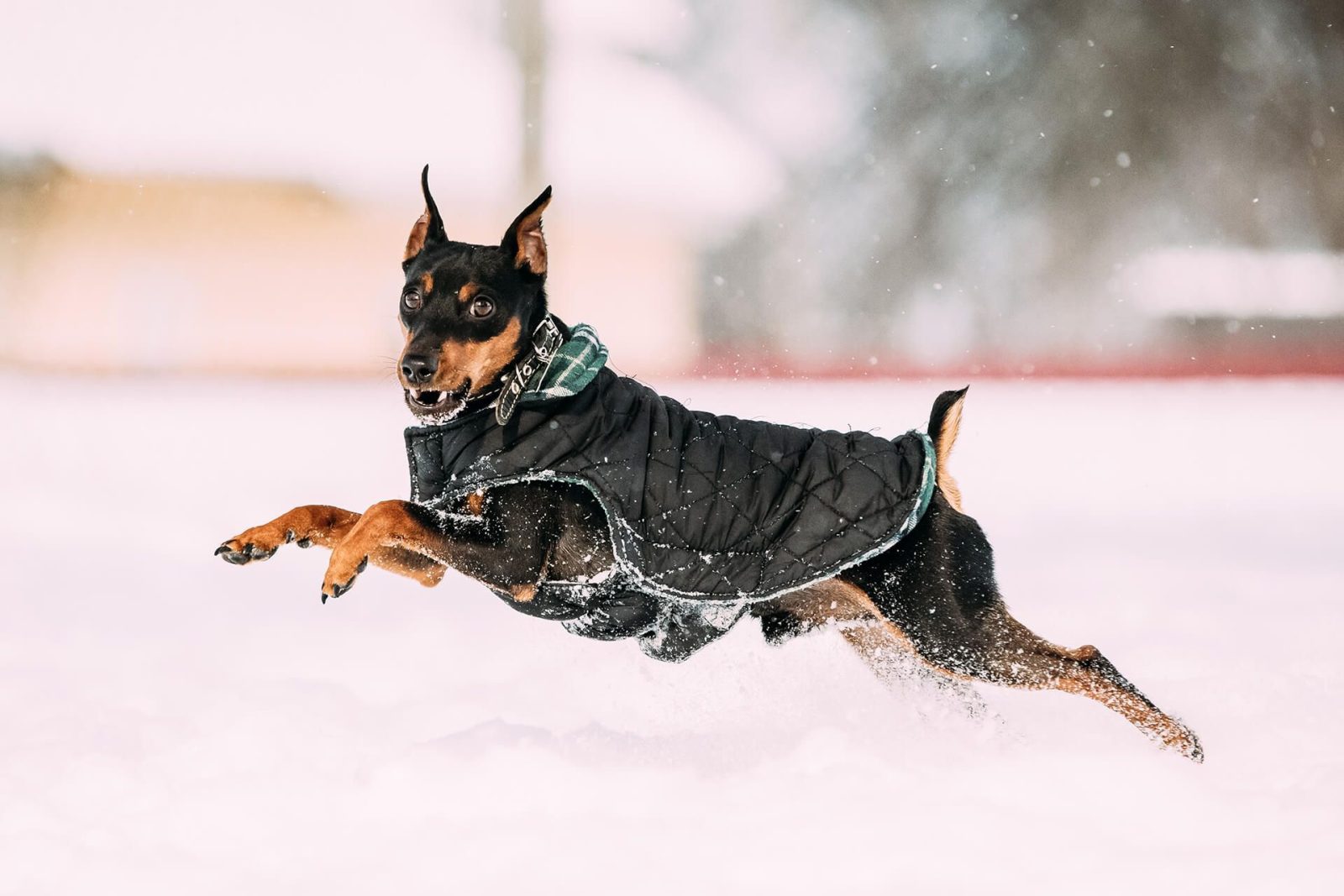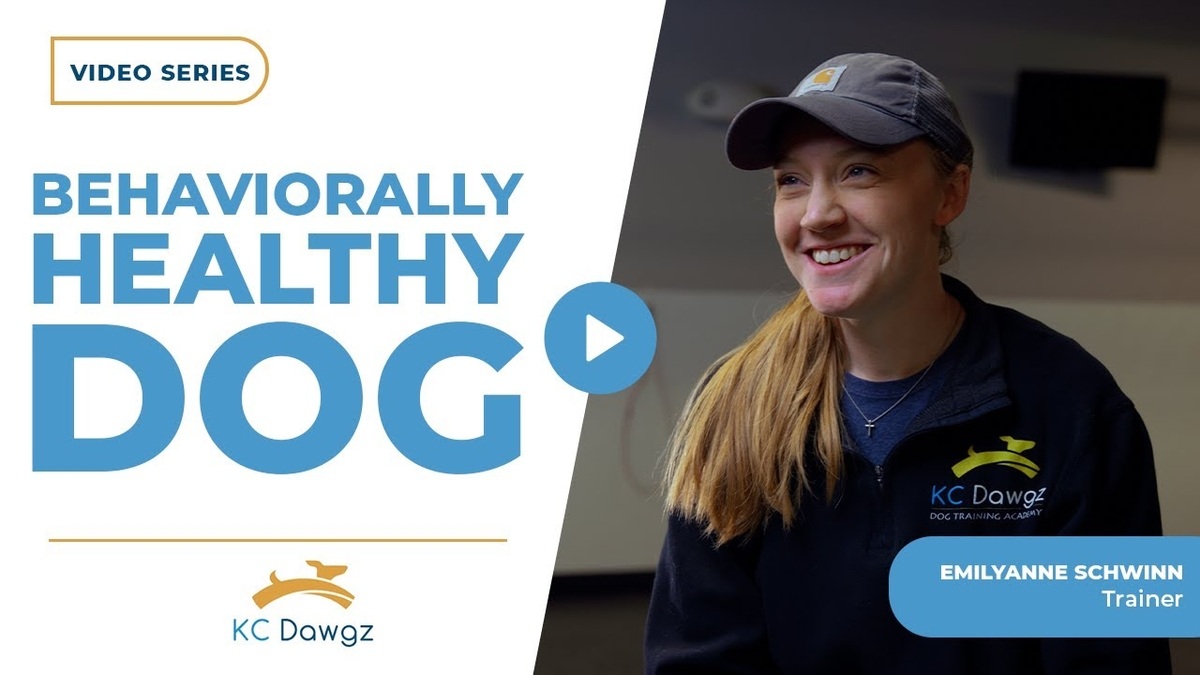Now that the weather has changed, we need to make sure that our dogs are ready for the winter months too. Below we will highlight some tips for you to consider so that you can make sure you avoid any potential winter hazards and your dog remains warm and safe.
Keeping your dog warm
Before the winter months approach, you need to let your dog’s winter coat grow. If you have a breed of dog which is short-haired or you have a puppy or an old dog, it would be worth buying your dog a winter coat. If your dog has never worn a coat before, then you’ll need to introduce it to your dog slowly. Follow the below steps to get your dog used to wearing a winter coat:
1. Before you put the coat on your dog, put the coat on the floor and place some nice treats on the coat so that your dog can investigate them.
2. Once your dog seems to be familiar with the coat, pick the coat up and give your dog a treat off the coat. Do this by placing your hand through the opening of the coat. Continue to do this, but each time move your hand a little further away so that your dog gets used to the opening of the coat.
3. Once your dog is comfortable placing his head through the opening of the coat, you are now ready to put the coat on to his body, but remember to continue to give him treats whilst you do so.
Keeping active
When the evenings are darker, it can become harder to keep your dog active. Make sure that walks are fun. Regardless of the weather, you could:
● Go for a new walk by experiencing a new route if your usual park is closed.
● Take your dog to do some private dog training or some group dog training. Dog training allows your dog the chance to learn new things and/or socialize with other dogs in a positive and fun environment.
● Play games indoors such as a treat-trail or create a mini obstacle course for your dog to explore.

When you take your dog out in the winter, remember the below:
● For safety reasons, consider the footwear that you wear when you go for a walk with your dog. It is important to make sure that you are as visible as your dog.
● If it is snowing heavily, keep your dog on a lead as snow so can cause dogs to become over-excited.
● Never allow your dog to walk on a frozen pond as it may not be able to take your dog’s weight.
● Once you get back home from a walk, remember to wipe your dog’s feet, legs as any damp can irritate a dog’s skin.
You will inevitably spend more time indoors in the winter months when the weather is bad. Therefore, it is important to have plenty of things for your dog to do so that he is mentally stimulated. For instance, have rubber food releasing toys or long-lasting tasty treats to help your dog get through the winter months.






